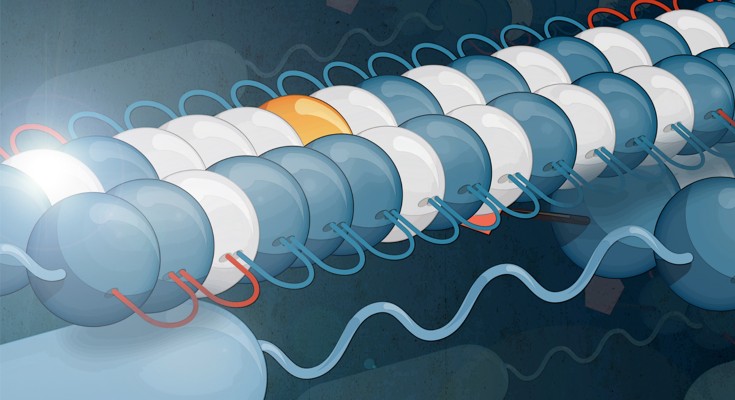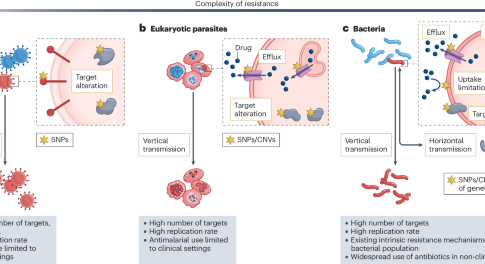
RNAi-based drug design: considerations and future directions
Read about the design of therapeutic siRNAs, including chemistry, the application of informatics, delivery strategies and the importance of target selection in this Review in the May issue

Read about the design of therapeutic siRNAs, including chemistry, the application of informatics, delivery strategies and the importance of target selection in this Review in the May issue


The rise of drug resistance presents a significant challenge in the treatment of infectious diseases. This Review summarizes the status and mechanisms of drug resistance in malaria, human immunodeficiency virus (HIV) infection and tuberculosis, and explores strategies to address resistance that could be incorporated into drug development across these disease areas.
